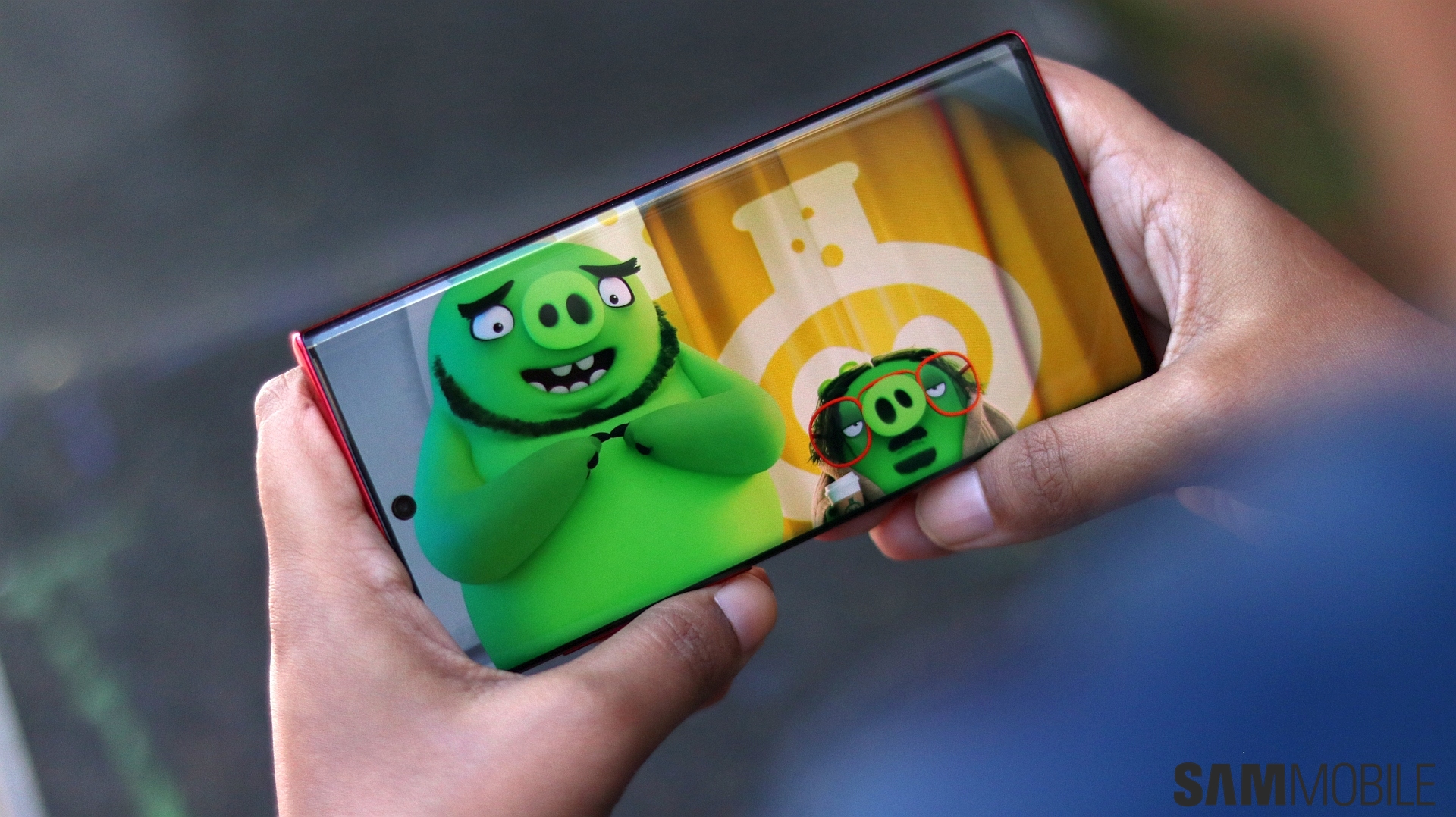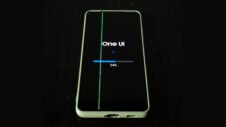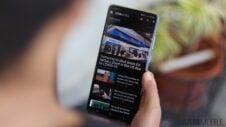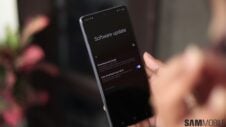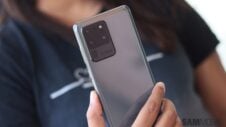With the Galaxy S20, Samsung is all set to join the high refresh rate game. It's more or less confirmed that the Galaxy S20 series will feature a 120Hz display panel, which will make for smoother animations and scrolling in the user interface and give gamers an edge in fast-paced titles. However, it seems the 120Hz refresh rate will not work at the maximum screen resolution if the latest rumor from the Twitterverse is to be believed.
The 120Hz display mode will reportedly work only at Full HD+ resolution, not at WQHD+. The limitation probably has something to do with Samsung trying to balance battery life with a high-quality viewing experience, as higher refresh rates typically cause more battery drain. It also takes more processing power to maintain high frame rates, especially when gaming, so the compromise between screen resolution and refresh rate does make sense, even if it will disappoint many who had been looking forward to the 120Hz AMOLED display on the Galaxy S20.
And perhaps this will be a limitation we will see on phones from other manufacturers as well, including OnePlus' next phone, which is set to have a 120Hz display panel made by Samsung. Smartphone displays with 120Hz refresh rates are a new territory, one that multiple manufacturers are expected to enter this year, and it will be interesting to see if all of them will prevent users from enjoying the benefits of high refresh rates and high screen resolutions at the same time.
What do you think? Would it matter to you if the Galaxy S20 will force you to use a lower resolution in order to offer a higher refresh rate?
